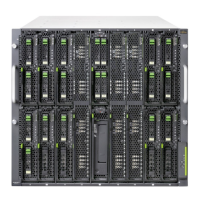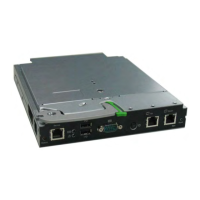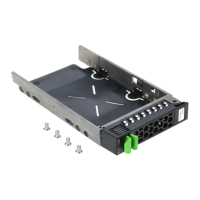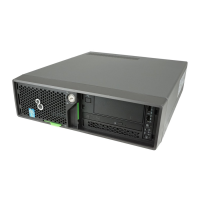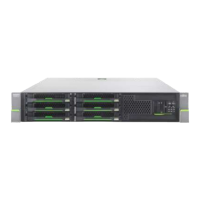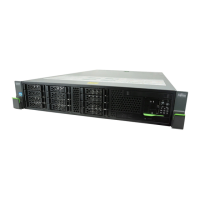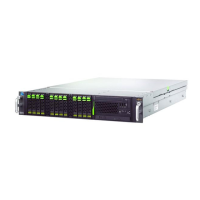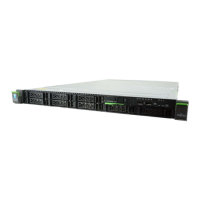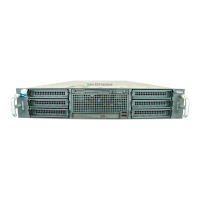© 2011 Fujitsu Technology Solutions
27
SNTP
The Simple Network Time Protocol (SNTP) assures accurate network Ethernet Connection Blade
Module clock time synchronization up to the millisecond. Time synchronization is performed by a
network SNTP server. Time sources are established by Stratums. Stratums define the distance from the
reference clock. The higher the stratum (where zero is the highest), the more accurate the clock.
Ethernet Connection blade is support to use the SNTP server got from the DHCP server to do the clock
synchronization if the information is presented.
BOOTP Client
BOOTP (Bootstrap Protocol) is used to assign IP address dynamically on the network when the device
powers up, instead of using permanently stored parameters. In order to use BOOTP, users have to set
up a BOOTP server and define the IP address of the device in the table along with its MAC address.
When the device powers up, it sends out BOOTP requests to get the IP address from the BOOTP Server
and starts its protocol stack.
DHCP/DHCPv6 Clients
DHCP (Dynamic Host Configuration Protocol) provides individual computers on an IP network to extract
their configurations from a server (the 'DHCP server') or servers, in particular, servers that have no exact
information about the individual computers until they request the information. DHCP is based on BOOTP
and maintains some backward compatibility. The main difference is that BOOTP was designed for
manual pre-configuration of the host information in a server database, while DHCP allows for dynamic
allocation of network addresses and configurations to newly attached hosts. Additionally, DHCP allows
for recovery and reallocation of network addresses through a leasing mechanism.
DNS Client
The DNS protocol controls the Domain Name System (DNS), a distributed database with which you can
map host names to IP addresses. When you configure DNS on your switch, you can substitute the host
name for the IP address with all IP commands, such as ping, telnet, traceroute, and related Telnet support
operations. To keep track of domain names, IP has defined the concept of a domain name server, which
holds a cache (or database) of names mapped to IP addresses. To map domain names to IP addresses,
you must first identify the host names, specify the name server that is present on your network, and
enable the DNS.
DDNS Client
Provide user to map the host name and its IP address to the specified DDNS server for the DNS
resolution.
IPv6 Forwarding and IPv6 support
IPv6 is short for "Internet Protocol Version 6". IPv6 is the "next generation" protocol designed by the
IETF to replace the current version Internet Protocol, IP Version 4 ("IPv4"). IPv6 fixes a number of
problems in IPv4, such as the limited number of available IPv4 addresses. It also adds many
improvements to IPv4 in areas such as routing and network auto-configuration. IPv6 is expected to
gradually replace IPv4, with the two coexisting for a number of years during a transition period.
IPv6 IP address for management
The IPv6 IP address for the Ethernet Connection Blade is automatically calculated from its MAC
address.

